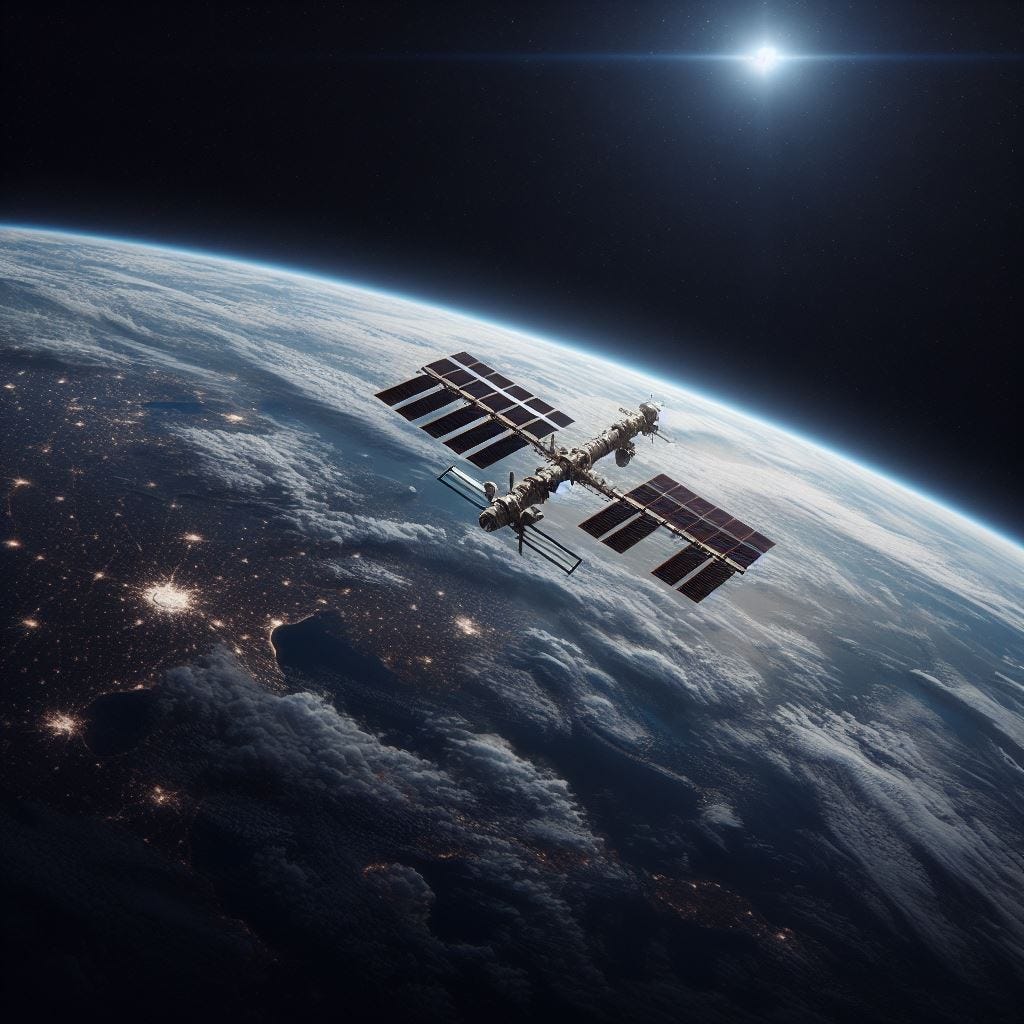What Astronauts Can Teach Us About Leadership
NASA does not look for rockstars, but team players. They require astronauts to have skills in leadership, teamwork and communications.
I am fascinated by space exploration, the universe and astronauts, as they are at the forefront of science. What I discovered after reading about an astronaut’s training program is that the aspect of leadership is more important than I had realised. I draw analogies from my years of experience leading on Earth.
Training
The basic NASA requirements are:
a master’s degree in a STEM field (Science, Technology, Engineering, and Mathematics)
three years of related professional experience obtained after degree completion
a high level of physical fitness
Below these requirements on the NASA website, there is a note: "Astronaut candidates must also have skills in leadership, teamwork and communications."
Following the selection phase, candidates need up to two years of training to become fully qualified astronauts. There are demanding courses on life support systems, orbital mechanics, earth observations, space physiology and medicine. On top of this they need to know the basics of the experiments that they will perform in space on behalf of scientists from Earth.
In one of his interviews, Chris Hadfield, the first Canadian to perform a spacewalk, shared his method for retaining this knowledge. He splits complex topics and systems into hand-written “one-pagers”, on which he stores all key ideas of a given topic. Then, before doing an experiment or task, he reads the one-pager that refreshes his knowledge and helps as guidance.
A large part of successfully being an astronaut is learning how to manage information.
Chris Hadfield
Splitting complex problems into smaller chunks helps us understand the details.
Leadership
Astronauts rely heavily on each other while in space. For most of us, the stakes are much lower when it comes to leadership. The worst case scenario of a bad decision is that the business goes bankrupt, but at least we are still alive.
For Astronauts on the International Space Station (ISS) priorities are clear. The first one is to survive, the second is to take care of the ISS, and the third is to perform as many experiments as possible. Clear expectations and priorities are something we can implement for our teams on Earth, too:
Leadership is the art of influencing human behaviour to accomplish a mission in the manner desired by the leader.
Chris Hadfield
I read a few interviews with astronauts in charge of missions and there were two repeating themes from which we could benefit:
1. Know Your Team
Astronauts going on a mission do not meet for the first time on the launchpad. They work together through extensive preparation periods. The goal is to make sure they know each other as well as possible. Leaders in space put emphasis on understanding their teams and caring for everyone. Leaders on Earth can focus on getting to know them too, and have a much easier environment. To address this I recommend working on listening skills:
Leaders must embrace negative emotions to make sure they do not blur their judgement. Mike Massimino, a former NASA astronaut who sent the first tweet from space, developed a strategy called "bank-of-good thoughts" to keep a record of all the good things he knows about his team members, like what he can learn from them or what they have in common. All of this is to make sure that when something goes wrong, he does not react with anger but instead filters it through good thoughts.
2. Trust Your Team
In a high stakes environment when we rely on each other tremendously, trust is the deciding factor of success. Being open to exploring different points of view is really important.
When something goes wrong on the ISS teamwork is needed to survive. Willingness to propose your own ideas is important for success in a high-risk environment. Each team member needs to express their ideas to ensure that no options are overlooked.
When things go wrong, former NASA astronaut, Cady Coleman, advises to “always look for why and what” - to base our judgement on facts and look for why it happened, why the team feels this way, and what can be done about it.
You do not have to be a trained astronaut to trust the skills of your team. On Earth, as well as in space, a great contribution to a culture based on trust is the ability to change your perception on making mistakes:
Summary
There is a lot to learn from astronauts, in this post I have barely scratched the surface. Operating in such a demanding environment requires extensive training and the best people, from whom we can learn a great deal. Their ability to acquire knowledge, solve problems from different domains, and lead people is worth exploring further.
Thanks for reading!
Michał
PS For me, astronauts are a great blend of multidisciplinary thinking and ability to look at the world from different perspectives (defined as “perspectiveship”). This is the reason why I picked an astronaut as an accompanying actor for my articles published here.
Post Notes
The ultimate example of seeing the bigger picture is looking at Earth from orbit. The phenomenon, called the Overview Effect, has been experienced by some astronauts. They felt a deep appreciation and perception of beauty, a connection with people, and an understanding of the planet as a whole.
If you want to experience something on a smaller scale, I recommend viewing the photo of the Pale Blue Dot and listening to Carl Sagan's beautiful speech about it.






My favorite movie ever is The Right Stuff. I watch it no less than 4-5 times a year. The selection process for astronauts was an interesting aspect that always drew my attention. Building those characteristic qualities through the Mercury, Gemini and, Apollo programs set the tone for the complex job our astronauts still face today. Simply put…they need The Right Stuff.